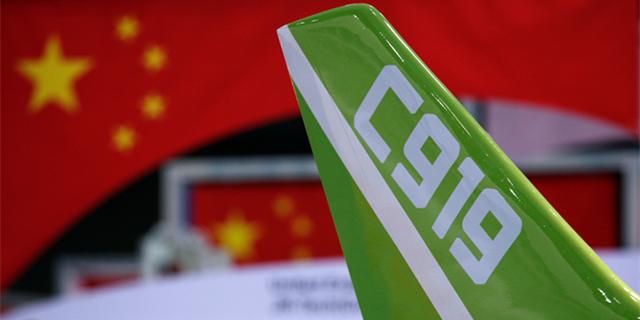Polyolefins production line to swing into full operation
The second production line of China's biggest coal-to-polyolefins processing project is expected to go into full operation in July in the Inner Mongolia autonomous region, with annual output worth 13 billion yuan ($1.89 billion).
The Ordos-based Zhongtian Hechuang Energy Co Ltd is expected to produce 1.37 million metric tons of polyethylene and polypropylenes each year from 25 million tons of coal.
Polyolefins-polyethylene, polypropylenes and some other polymers-account for more than half of total plastics consumption in the world.
"Our coal-to-chemicals project started production last October. It produces polyethylene and polypropylenes from coal, through a series of high-tech procedures, following the government's call for transforming resources in the ground," said Wang Jun, a spokesman from the joint venture which is owned by three State-owned companies and one private firm.
Polyolefins are extracted from petroleum, but China is a country with rich coal reserves and a shortage of crude oil, he said.
"The coal-to-polyolefins project has an advantage in costs so we do not need to only sell crude coal with low profits."
The demonstration project is a good example of industrial upgrading, realizing coal deep processing from extensive production.
There will be more of such demonstration projects in the near future in Ordos and Baotou, two cities in the west of the Inner Mongolia autonomous region, thanks to its success in industrial transformation and rich mineral resources.
Around 12 cities and economic areas including Ordos and Baotou were chosen to build demonstration areas, with all of them old industrial cities and resource-based cities, according to an April statement released by the National Development of Reform Commission and other four ministry-leval bodies.
"The statement is of great significance to the development of Baotou and Ordos," said a commission official in Inner Mongolia.
"It will help us break down more institutional barriers and promote more innovation, transformation and upgrading," he said.
The supporting measures will push forward regional economic transformation and deepen supply-side structural reform and economic efficiency and quality will be improved, he added.
Supporting policies on industry, innovation, investment, finance and land for these demonstration areas were initially identified, the statement said.
"Demonstration cities will be supported to build manufacturing innovation centers under the Made in China 2025 initiative," said Zhou Jianping, an official from the NDRC.
"Major scientific and technological infrastructure, high level innovation platforms and transformation platforms for scientific and technological achievements will also be pushed by concerned policies."
China Development Bank is expected to increase support for key projects in the demonstration areas in credit access, industrial investment funds and corporate bonds, he said.
Cities in demonstration areas will be included in redevelopment pilots for inefficient urbanland. In the pilots, industrial and mining wasteland is encouraged to be reclaimed and reused.
"The NDRC will set up special funds to support the construction of key industrial park," Zhou said.
The statement called for Baotou and Ordos to develop industrial cooperation in adjacent cities and upgrade traditional industries such as coal, steel and rare earths.
Because of their inefficient industrial structures, officials say older industrial cities rely more on raw resources instead of high technological products.
Zhou said that with preferential policies, the demonstration areas will act as models of the wider industrial upgrade, in improving the quality of economic and social development and in revitalizing old industrial plants.
"The government will then promote their successful experiences throughout the whole country."
Shenyang, Anshan and Fushun in the middle of Liaoning province, Tangshan in Hebei province and Changzhi in Shanxi province, are included in these cities, according to the statement.









